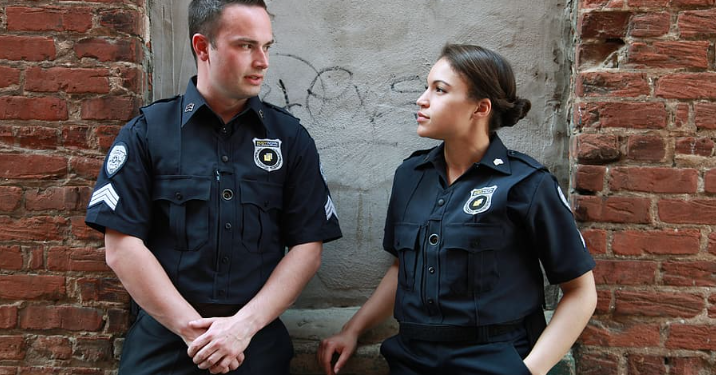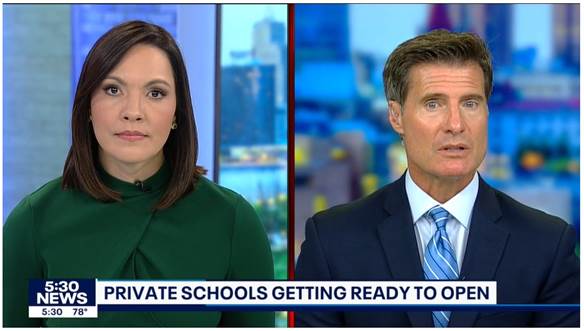If you’ve been paying attention to local news lately, you’ve probably seen a lot of content on the issue of school resource officers (SRO). The spotlight has been turned on the SRO issue largely because of a few lines in the education bill that the Minnesota legislature passed earlier this year.
The text of the legislation explains that “Prone restraint and certain physical holds [are] not allowed” on students. Specifically, SROs or other security officers may “not inflict any form of physical holding that restricts or impairs a pupil’s ability to breathe; restricts or impairs a pupil’s ability to communicate distress; places pressure or weight on a pupil’s head, throat, neck, chest, [or] lungs….”
Leaders in the Minnesota legislature seem to think that there is nothing really wrong with this law. Law enforcement, however, tells a different story, claiming the new law creates two standards, putting both officers and students in danger.
Regardless of whether you side with the legislature or the law enforcement officers, there seems to be an important question we’re overlooking, namely, “How have we come to the point where we need SROs restraining kids in public schools?”
There could be many reasonable answers to this question, including the breakdown of families, the rise of single-parent homes, and even the increase of technological devices. But there’s one answer that many of us have likely never thought about. Perhaps the nature of the public schools themselves contributes to the increased behavioral problems that require physical restraint.
Former New York public school teacher John Taylor Gatto explained it this way in An Underground History of American Education:
The strongest meshes of the school net are invisible. Constant bidding for a stranger’s attention creates a chemistry producing the common characteristics of modern schoolchildren: whining, dishonesty, malice, treachery, cruelty. Unceasing competition for official favor in the dramatic fish bowl of a classroom delivers cowardly children, little people sunk in chronic boredom, little people with no apparent purpose for being alive. The full significance of the classroom as a dramatic environment, as primarily a dramatic environment, has never been properly acknowledged or examined.
The most destructive dynamic is identical to that which causes caged rats to develop eccentric or even violent mannerisms when they press a bar for sustenance on an aperiodic reinforcement schedule (one where food is delivered at random, but the rat doesn’t suspect). Much of the weird behavior school kids display is a function of the aperiodic reinforcement schedule. And the endless confinement and inactivity to slowly drive children out of their minds. Trapped children, like trapped rats, need close management. [Emphasis added.]
Gatto’s observations are certainly food for thought. Is it possible that the very confining nature of the school system itself is contributing to the apparent monsters that seem to emanate from the public school system? If so, then perhaps it’s time to shake up the very way we do education returning to small, community schools or homeschools where children can actually be free to learn.
—
Image Credit: Wallpaper Flare











![[downloaded during free trial]](https://oakmn.org/wp-content/uploads/2025/11/iStock-1430368205-120x86.jpg)

